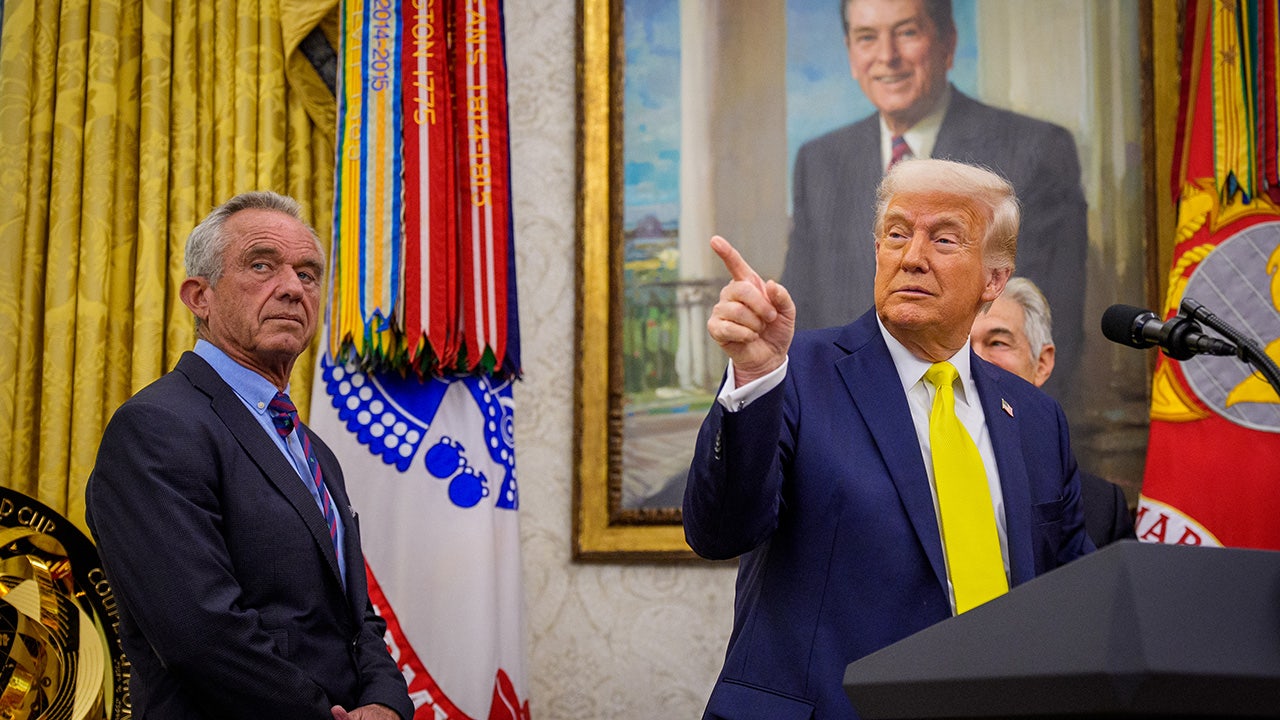North Dakota
Here’s which state works the hardest

Capitalism and America go hand in hand so perhaps it’s no surprise the US takes the ninth spot in the battle for most hard-working country in the world, at nearly 1,800 hours a year.
But how does that figure break down by state?
Financial news site WalletHub analyzed all 50 states to find out.
North Dakota took the top spot as the hardest working state in the country, while Alaska and Nebraska ranked second and third.
WalletHub compared each state across two dimensions – “Direct Work Factors” and “Indirect Work Factors” – spanning 10 categories for a total of 100 points. Direct Work Factors included average workweek hours, employment rate, share of households where no adults work, share of workers who do not use vacation time, share of engaged workers, and idle youth. Indirect Work Factors included average commute time, share of workers with multiple jobs, annual volunteer hours, and average leisure time.
Hardest working states
|
Overall Rank |
Total Score |
|
1. North Dakota |
66.54 |
|
2. Alaska |
63.55 |
|
3. Nebraska |
59.97 |
|
4. Wyoming |
59.92 |
|
5. South Dakota |
59.69 |
|
6. Maryland |
57.53 |
|
7. Texas |
56.86 |
|
8. Colorado |
55.13 |
|
9. New Hampshire |
54.20 |
|
10. Kansas |
52.63 |
North Dakota had the highest employment rate – at 98 per cent – and the lowest percentage of idle youth, or adults ages 18 through 24 who are not in school, have no school experience beyond a high school diploma, and are not working. But the flip side of that is significant — The Peace Garden State, known for its vast prairies that include Theodore Roosevelt National Park, had the second lowest leisure time and the second highest percentage of workers who do not use their vacation time.
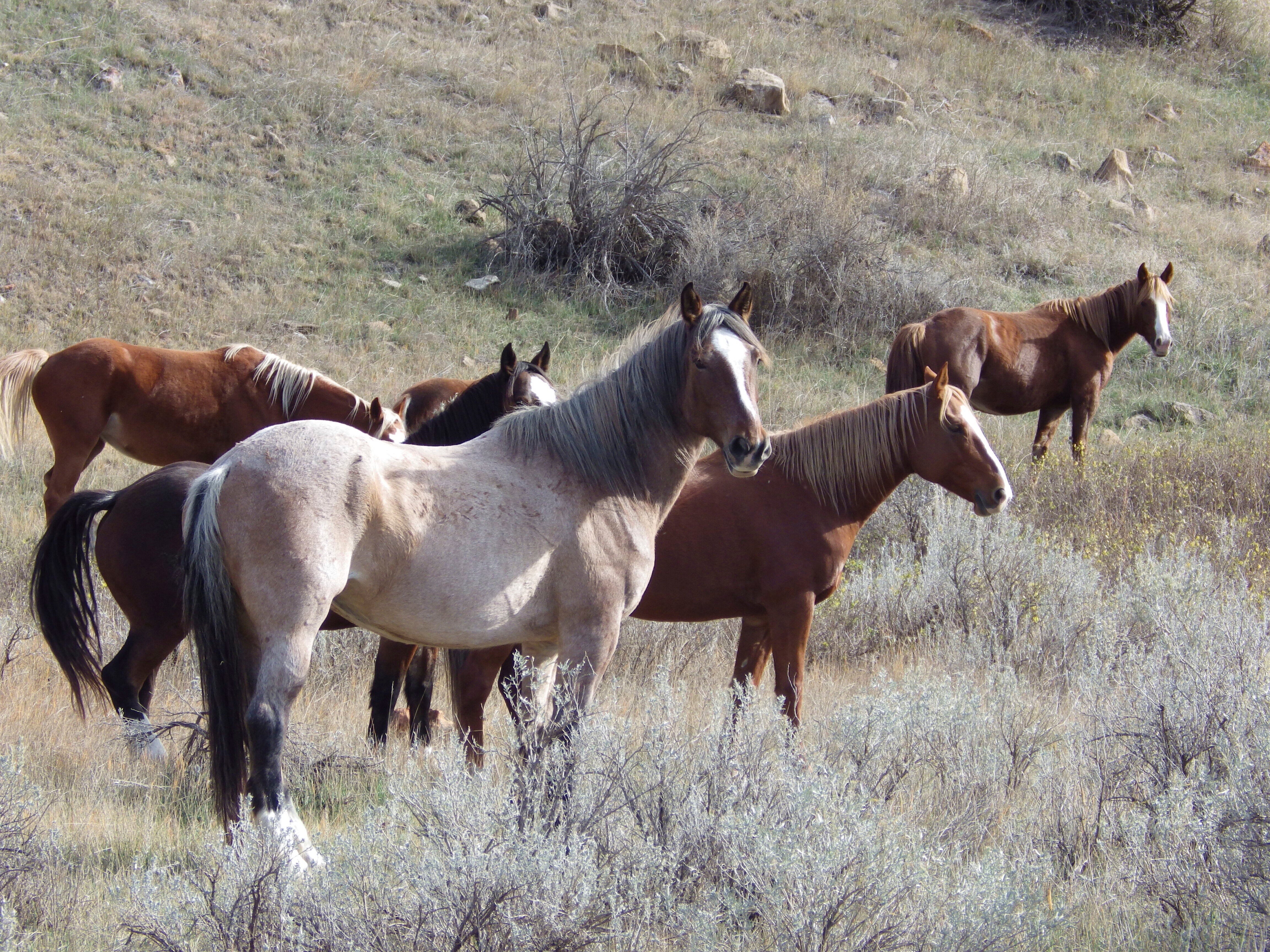
Alaska, which came in second place, had the highest average workweek, at 41.6 hours per week. “This is significant because Alaska is the only state where the average exceeds 40 hours per week,” the report noted. Alaska, which attracts over 2 million tourists every year to see its Northern Lights and other natural wonders, also had the ninth highest percentage of workers with more than one job and the 10th lowest percentage of households where no adults work.
At third place, Nebraska had the third highest percentage of workers with multiple jobs. “Although this may not be an ideal situation, indicating that people’s main jobs are not paying them enough, it’s still a testament to how hard Nebraska residents are willing to work,” the report said. The state also had the second lowest percentage of idle youth and the fifth highest share of volunteer hours per capita.
The states that worked the least were scattered across the country: West Virginia ranked last, while New York, Michigan, New Mexico, and Connecticut rounded out the bottom five.
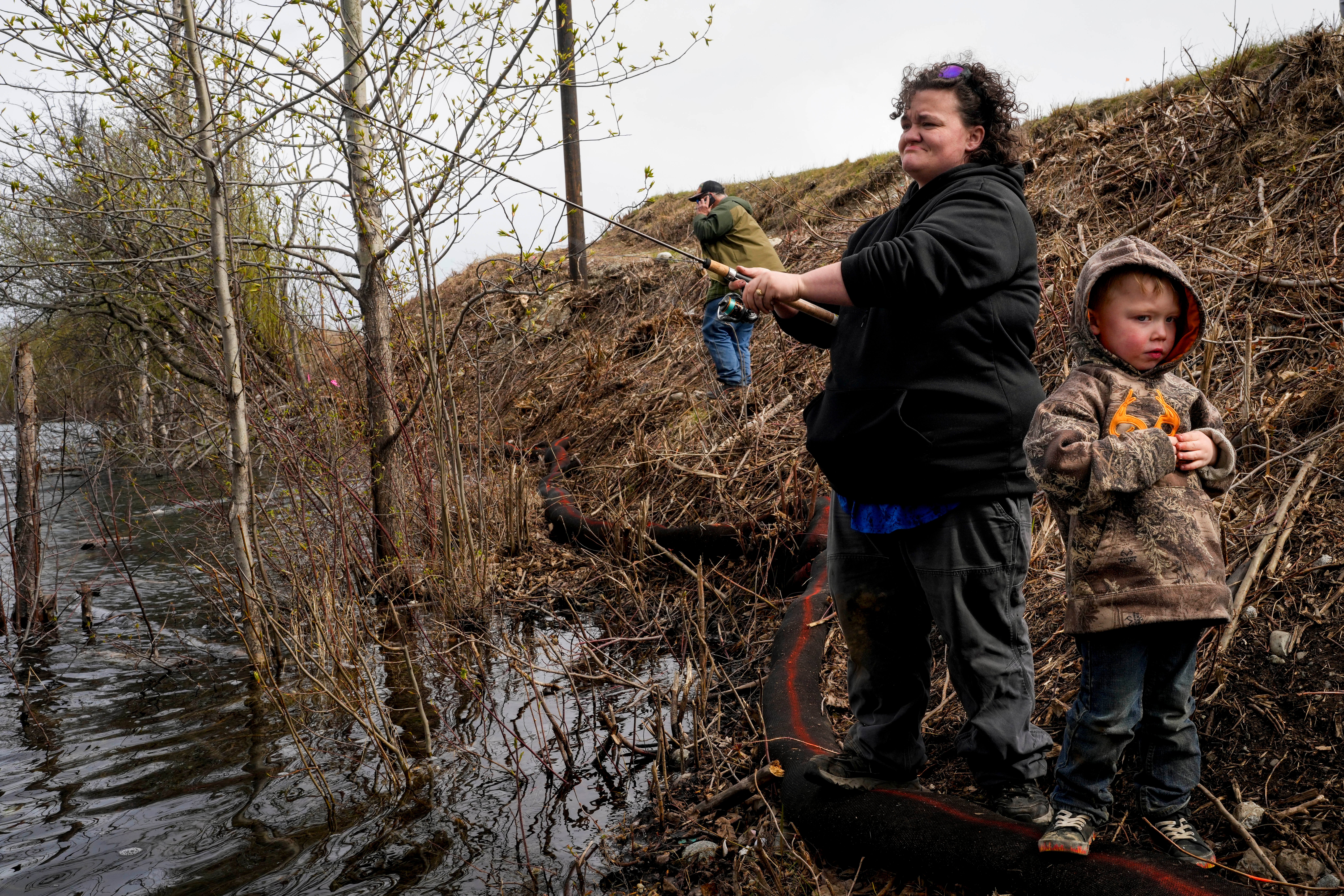
From liberals to conservatives, the virtue of hard work is a cornerstone of American culture — but that also means little time for other parts of life, including not taking vacation pay workers have earned.
“It’s undeniable that America has fostered a culture of hard work, with people working longer hours than residents of other developed countries and often leaving vacation time on the table,” WalletHub analyst Cassandra Happe wrote in the report. “Working hard is commendable, but people in the hardest-working states may need to consider taking a break once in a while, as a lack of leisure time can have a negative impact on people’s physical and mental health.”
Can Erbil, an economics professor at Boston College quoted in the report, said that the current economic environment in the U.S. “presents a mixed picture for wage growth.”
He noted that high inflation and the effects of the pandemic have led businesses to be more cautious when hiring, decreasing job openings and creating a more competitive job market. Meanwhile, automation and artificial intelligence have also contributed to job reduction in sectors such as manufacturing, retail, and technology.
“Despite these challenges, the job market remains relatively strong with relatively low unemployment rates,” Erbil said. “The decline in job openings signifies a return to a more balanced labor market, which can potentially lead to increased job stability and improved employee engagement in the long run.”

North Dakota
60 Fires reported across North Dakota over the weekend during Red Flag Warnings

FARGO, N.D. (Valley News Live) – The North Dakota Department of Emergency Services is reporting that crews responded to 60 fire starts over the weekend as the hot and windy conditions continue across the state.
Sunday alone saw the North Dakota Watch Center notified of 20 fires in 15 counties.
In total, over 1,100 acres of land burned over the weekend, in addition to the burning in the ongoing Turtle Mountain fire complex. Some significant fires include a 500 acre blaze Northeast of Glen Ullin, a field fire Northeast of McClusky that burned one tractor and 125 acres, and a fire southwest of Sherwood that burned an outbuilding.
Two grassfires broke out in the ongoing fire complex in the Turtle Mountain area. The total acreage estimate remains at 3,600 acres, is still active, and is anticipated to be a long-lived event.
Several fire crews have been staged throughout the state to respond to these fires and help local crews, including the North Dakota Wildland Taskforce, North Dakota Forest Service, and a team from Colorado.
Copyright 2025 KVLY. All rights reserved.
North Dakota
2 measles cases reported in Cass County

FARGO — The North Dakota Health and Human Services Department said two measles cases have been reported in Cass County, the first to be recorded in eastern North Dakota.
Human services said both cases are unvaccinated individuals who contracted the disease through international travel. One of them is hospitalized.
The health and human services department said members of the public who were at two Essentia Health locations in West Fargo and Fargo may have been exposed. Exposure may have occurred at the Essentia Health Clinic, 3150 Sheyenne St., Ste. 240, West Fargo, between 2:30 and 6 p.m. on Wednesday, May 7, or between 5:30 and 6 p.m., Friday, May 9, at the Essentia Health Walk-in Care, 52nd Avenue, 4110 51st Ave. S, Fargo.
The two new cases bring the total cases reported in the state to 11. The Cass County cases are not believed to be related to the nine cases recently reported near Williston, in Williams County.
The first case was reported Friday,
May 2, when the North Dakota Department of Health and Human Services said an unvaccinated child from Williams County contracted the virus, likely during an out-of-state visit. The number jumped to nine by Friday, May 9. Four of the individuals were contagious while inside three different Williston schools.
Individuals who have not received a dose of the measles, mumps, rubella (MMR) vaccine should quarantine, or stay home, and monitor for symptoms for 21 days.
Those who have been exposed but are vaccinated do not need to quarantine. However, the department of health and human services said they should still monitor for symptoms for 21 days after exposure.
Measles is a highly contagious, viral illness that can be fatal, particularly for young children and those with compromised immune systems. Measles spreads through the air and can remain in a room and on surfaces for up to two hours, sometimes even traveling between floors through ventilation systems.
Measles symptoms often include a fever, cough, runny nose or eye irritation followed by a body-wide rash. Measles spreads easily through the air and remains contagious for several days before and after symptoms appear.
There is no specific medical treatment for measles, though antibiotics may be used in cases with a developed secondary bacterial infection.
According to the state health department, most North Dakotans are vaccinated against measles, and the risk to the general public is low. People who were vaccinated as children and adults born before 1957 are considered protected due to previous infection.
“The MMR vaccine is 93% effective after one dose and 97% effective after two doses,” Molly Howell, state immunization director, said in a statement. “People who are vaccinated and exposed to measles are not likely to develop the disease. MMR vaccination is critical to preventing the spread of measles in the community.”
The MMR vaccine is recommended starting at 12 to 15 months of age, with a second dose at 4 to 6 years of age. Children who have already received two post-12-month doses of MMR are considered fully vaccinated.
For information about measles, vaccination, or local clinic availability, contact the HHS Immunization Unit at 701-328-2378 or 711 (TTY), or visit hhs.nd.gov/measles.
Our newsroom occasionally reports stories under a byline of “staff.” Often, the “staff” byline is used when rewriting basic news briefs that originate from official sources, such as a city press release about a road closure, and which require little or no reporting. At times, this byline is used when a news story includes numerous authors or when the story is formed by aggregating previously reported news from various sources. If outside sources are used, it is noted within the story.
North Dakota
North Dakota Crisis Chaplains help first responders across the state
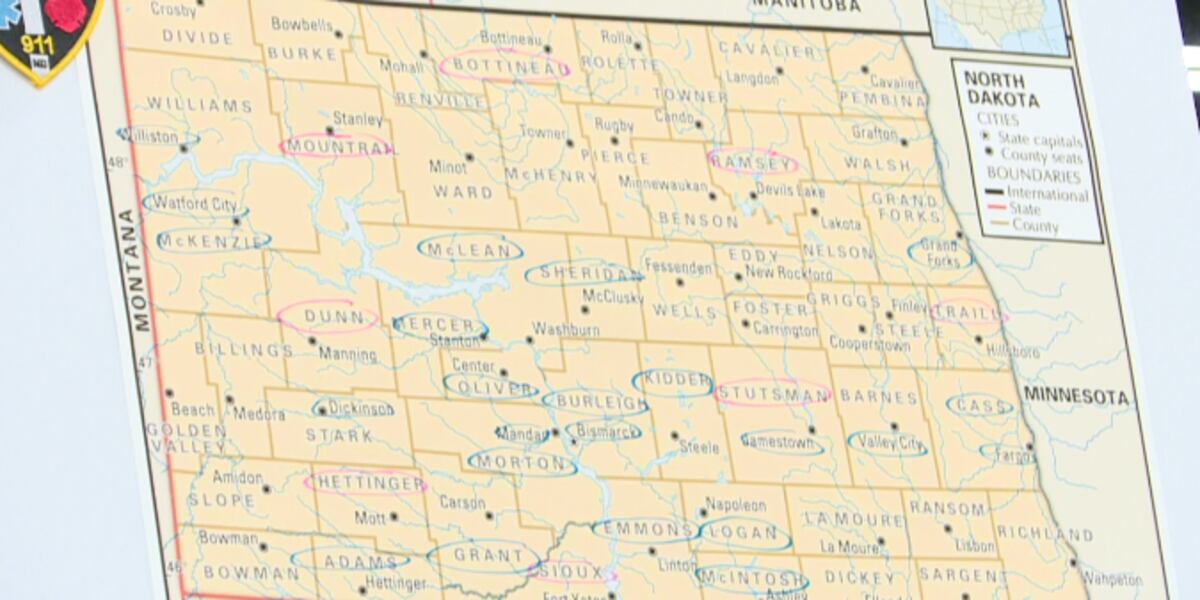
BISMARCK, N.D. (KFYR) – The North Dakota Crisis Chaplains are ensuring the state’s first responders are being taken care of.
Its focus is on bringing chaplains and support to law enforcement and first responders in small, rural communities. The organization is already serving in 17 counties, and its goal is to serve in every county in the state.
“We thought everyone had what Bismarck had, and they didn’t. There were just a couple of pockets of active, trained, engaged chaplains serving first responder agencies, primarily in the cities,” said lead chaplain, Bryan Holchhalter. “There were maybe one or two small chaplain-served agencies in the state out of 53 counties, and some of those weren’t trained, some of those weren’t active, they weren’t during ride-alongs, they weren’t engaged with their departments, and there was basically a canyon of need.“
You can donate to the cause at ndcrisischaplains.com.
Copyright 2025 KFYR. All rights reserved.
-

 Cleveland, OH1 week ago
Cleveland, OH1 week agoWho is Gregory Moore? Former divorce attorney charged for murder of Aliza Sherman in downtown Cleveland
-

 News1 week ago
News1 week agoFamily statement: Rodney Hinton Jr. walked out of body camera footage meeting with CPD prior to officer death
-
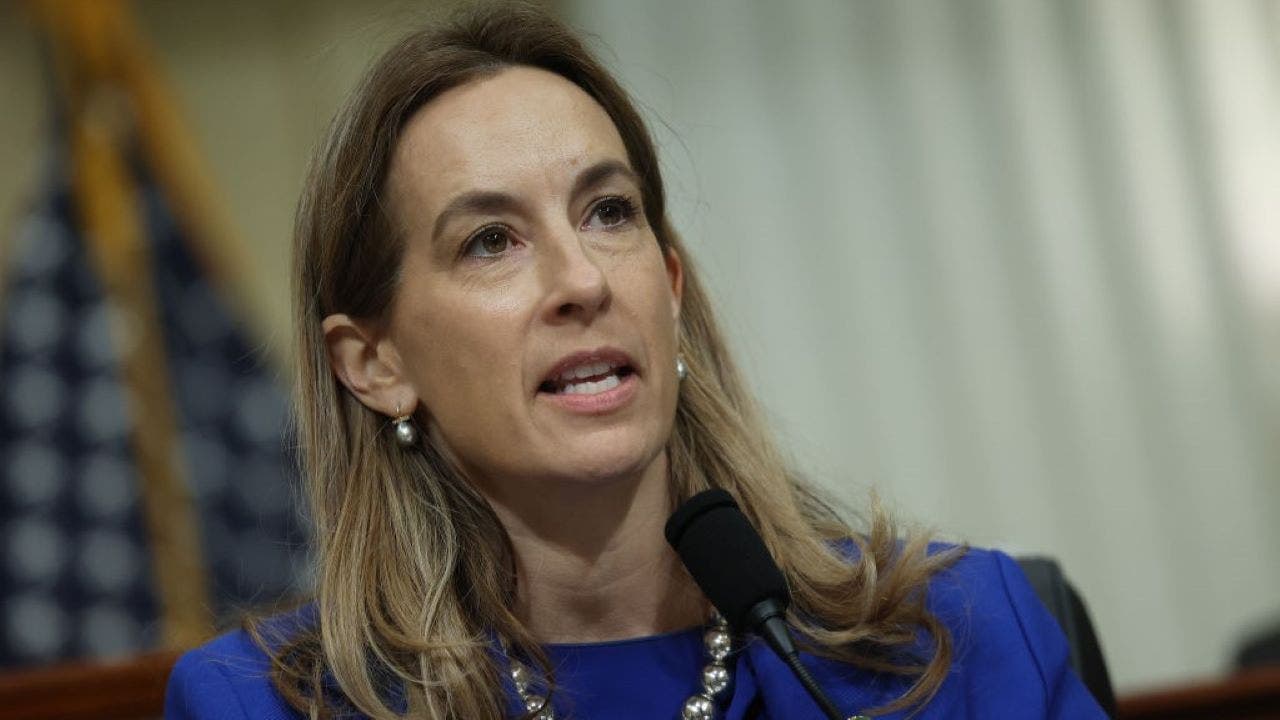
 Politics1 week ago
Politics1 week agoRep. Mikie Sherrill suggests third Trump impeachment as she campaigns to be next New Jersey governor
-

 Politics1 week ago
Politics1 week agoTrump posts AI image of himself as Pope amid Vatican's search for new pontiff
-

 World1 week ago
World1 week ago‘Don’t see a major war with India, but have to be ready’: Pakistan ex-NSA
-

 News1 week ago
News1 week agoAre Politicians Too Old? California Democrats Want to Debate an Age Cap.
-

 News1 week ago
News1 week agoFather Whose Son Was Shot by Cincinnati Police Hits Deputy With Car, Killing Him
-

 News1 week ago
News1 week agoFederal judge strikes down Trump order targeting the law firm Perkins Coie












